How to Start a Worm Compost: Easy, Low-Maintenance Guide
So, you've decided to start a worm compost. First of all - congratulations! You're about to embark on a squiggly, wiggly adventure that turns food scraps into gold. Not actual gold (sorry), but something even better for your plants: nutrient-rich worm castings. A.K.A. worm poop. A.K.A. black gold. (See? Still fancy.)
If keeping a box of worms in your home or backyard makes you feel a little… ick, don't worry. Worm composting, known as vermicomposting, is surprisingly clean, odor-free, and low maintenance. Plus, it's the perfect hobby if you want to help the planet but aren't ready to go full homesteader and raise backyard chickens.
Wondering how to start a worm compost? Let's wiggle into it.

How to Start a Worm Compost in 5 Steps
Step 1: Meet Your New Squishy Co-Workers
First things first - you need worms. But not just any worms. The ones you find wriggling on the sidewalk after a rainy day? Nope. Nightcrawlers? Also nope.
You need red wigglers (Eisenia fetida if you want to sound smart at parties). These little guys are composting MVPs because they:
- Eat half their body weight in food scraps daily (big appetites, small size - relatable).
- Stay near the surface and don't try to tunnel to the center of the Earth.
- Reproduce quickly so your worm workforce grows naturally.
You can buy red wigglers online, from a local worm farm (yes, that's a thing), or sometimes even at a bait shop (don't tell them you're giving the worms a retirement plan instead of using them for fishing).

Step 2: Set Up the Worm Bin
Worms are pretty low-maintenance roommates, but they do need a comfy home. Here's what you'll need:
- A bin – Plastic storage bins work great (10-20 gallons). If you're feeling fancy, you can buy a special stacking worm bin online.
- Ventilation holes – Worms need air.Drill small holes in the sides and lid of your bin so they can breathe.
- Drainage holes – No one likes a soggy home. Drill a few small holes in the bottom to let excess moisture escape (and place a tray underneath to catch drips).
- Bedding – Think of this as your worms' mattress. Shredded newspaper, cardboard, coconut coir, or aged leaves work great. Dampen it slightly so it's like a wrung-out sponge.
Once that's set up, add your worms to their new digs and give them a moment to settle in. Imagine them taking tiny house tours and arguing over where to put the couch.

Step 3: Feed Your Worms (Without Overfeeding)
Your worms are now your tiny, composting pets - so naturally, you'll want to feed them. But before you start tossing in every kitchen scrap, let's go over the menu.
Worm-Approved Snacks
- Fruit & veggie scraps (banana peels, apple cores, carrot tops - go wild)
- Coffee grounds & filters (because even worms need caffeine, right?)
- Tea bags (minus the staple)
- Crushed eggshells (helps with digestion - think of it as worm Tums)
- Shredded paper & cardboard (as a fiber boost)
Worm No-No's
- Meat, dairy, or oily foods (trust me, your nose will regret it)
- Citrus peels (too acidic for the worms' delicate digestive systems)
- Onion & garlic (too strong - your worms don't want bad breath)
- Spicy foods (your worms aren't entering a hot wing challenge)
Feed them about one to two handfuls of scraps weekly, and always bury the food under the bedding to keep fruit flies away. If food starts piling up before the worms eat it, slow down - you're not running a worm buffet.

Step 4: Keep Conditions Just Right
Your worms like things cozy, but not too cozy. Think of their bin as a tiny composting spa. Here's how to keep things comfy:
- Moisture – The bedding should feel like a damp sponge. Too dry? Add a bit of water. Too wet? Add more bedding.
- Temperature – Keep the bin between 55-77°F (13-25°C). If it is too hot or cold, your worms will slow down - or worse, ghost you forever.
- Darkness – Worms don't like the limelight. Keep the bin in a shaded spot indoors, in a basement, garage, or under a covered porch.
Pro tip: If you ever open the lid and your worms try to escape, something is wrong. Check moisture, temperature, and food conditions before they stage a full-blown jailbreak.

Step 5: Harvest the "Black Gold"
After about 2-3 months, your worms will have transformed all that food waste into rich, dark, nutrient-packed compost (a.k.a. castings, a.k.a. worm poop - but in a good way).
How to Collect the Goods
- Move everything to one side of the bin and add fresh bedding and food on the empty side. The worms will naturally migrate over in a few days, leaving the compost behind for easy scooping.
- Use the light method - Dump the contents onto a tarp in small piles. Since worms avoid light, they'll wriggle down, letting you brush the finished compost off the top.
- Sift and separate - Use a mesh screen or colander to filter out unfinished scraps and stubborn worm stragglers.
Once collected, mix the compost into your garden soil, houseplants, or outdoor flower beds. Your plants will thrive, and your worms will be ready to start the process again.

Bonus Tips for a Happy Worm Compost
Going on vacation? No worries - your worms can survive a few weeks without fresh food if there's enough bedding.
Too many worms? If your worm population gets out of control, share the love! Offer some to a gardening friend or set up a second bin.
Bad smell? A properly maintained worm bin shouldn't stink. If it does, you might be overfeeding or it might be too wet - adjust accordingly.
Final Thoughts: Why Worm Composting is Awesome
Starting a worm compost might sound a little weird at first, but once you get into it, you'll wonder why you didn't do it sooner. It's easy, eco-friendly, and a terrific way to turn kitchen scraps into plant food with zero waste. Plus, you get to say you have a thriving worm colony - how many people can brag about that?
So get your hands (slightly) dirty and start your own tiny underground composting empire. Your plants, planet, and new wormy friends will thank you. Happy composting!

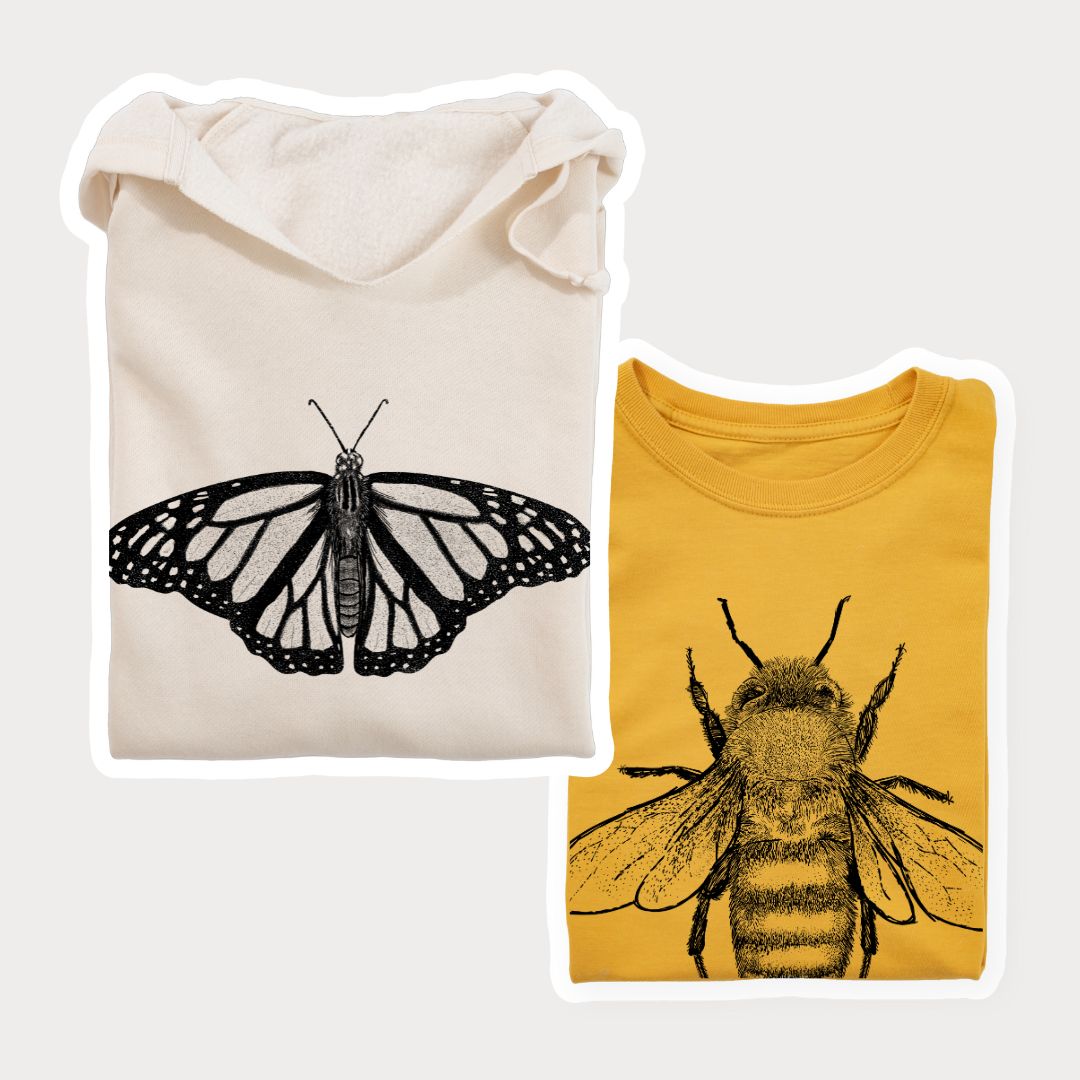

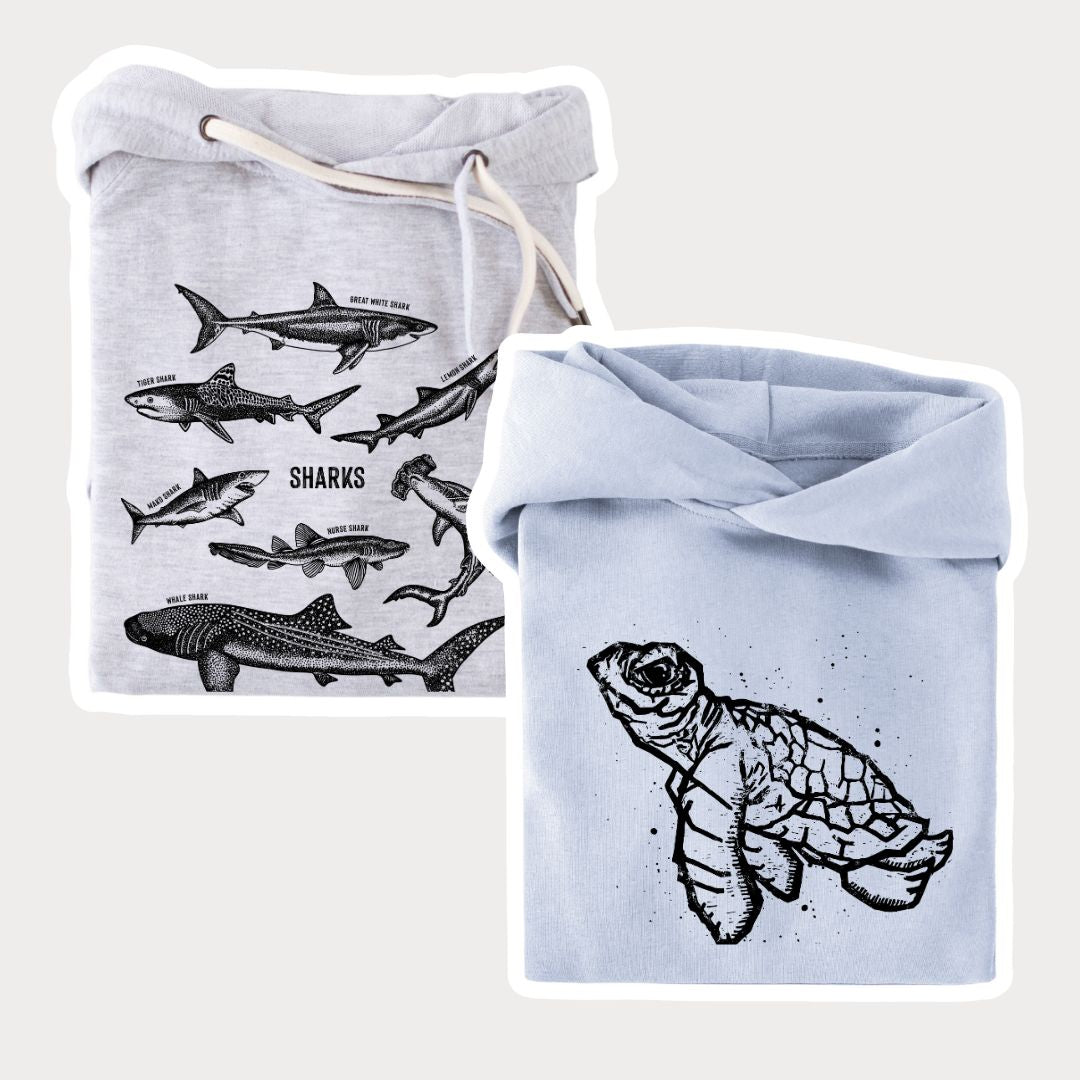
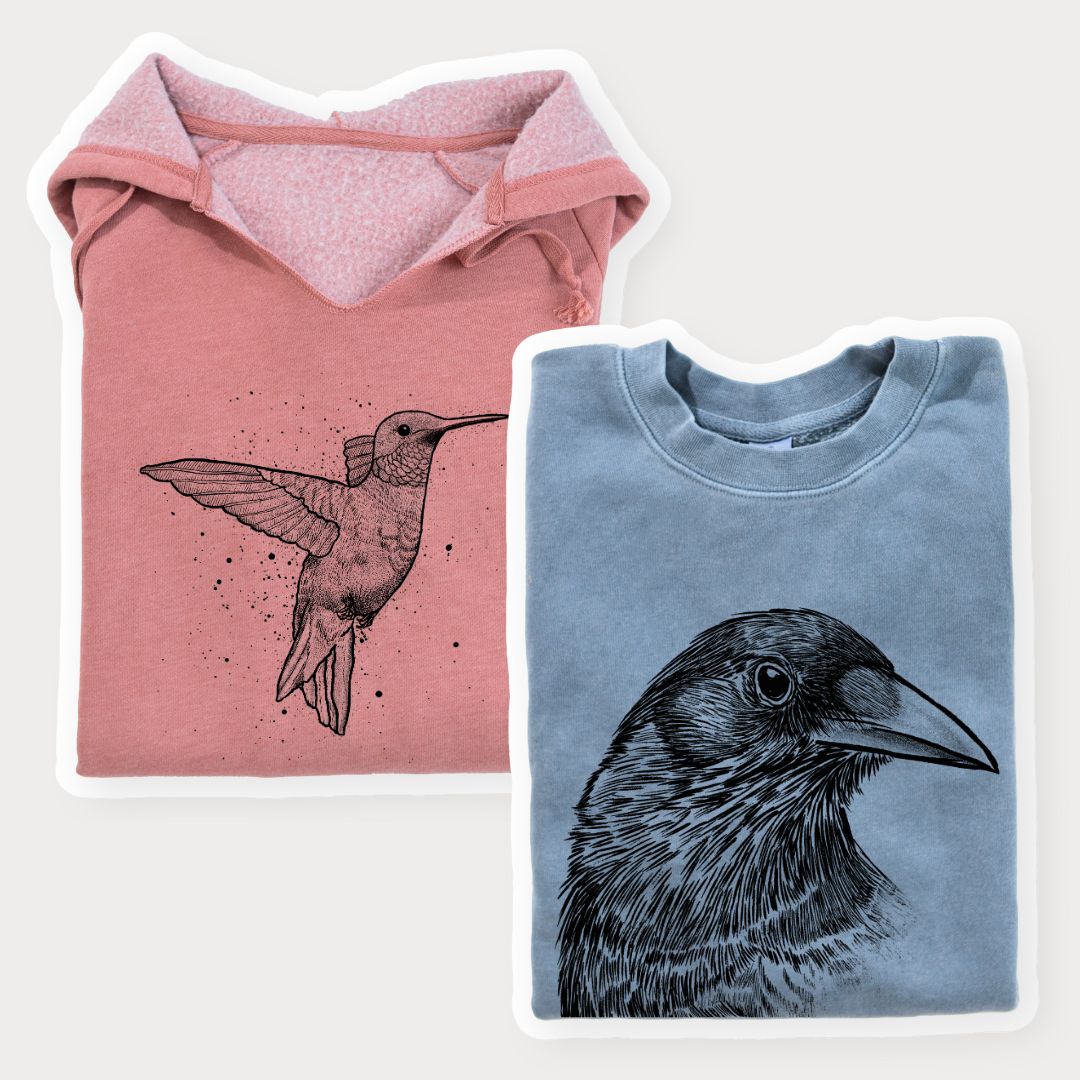
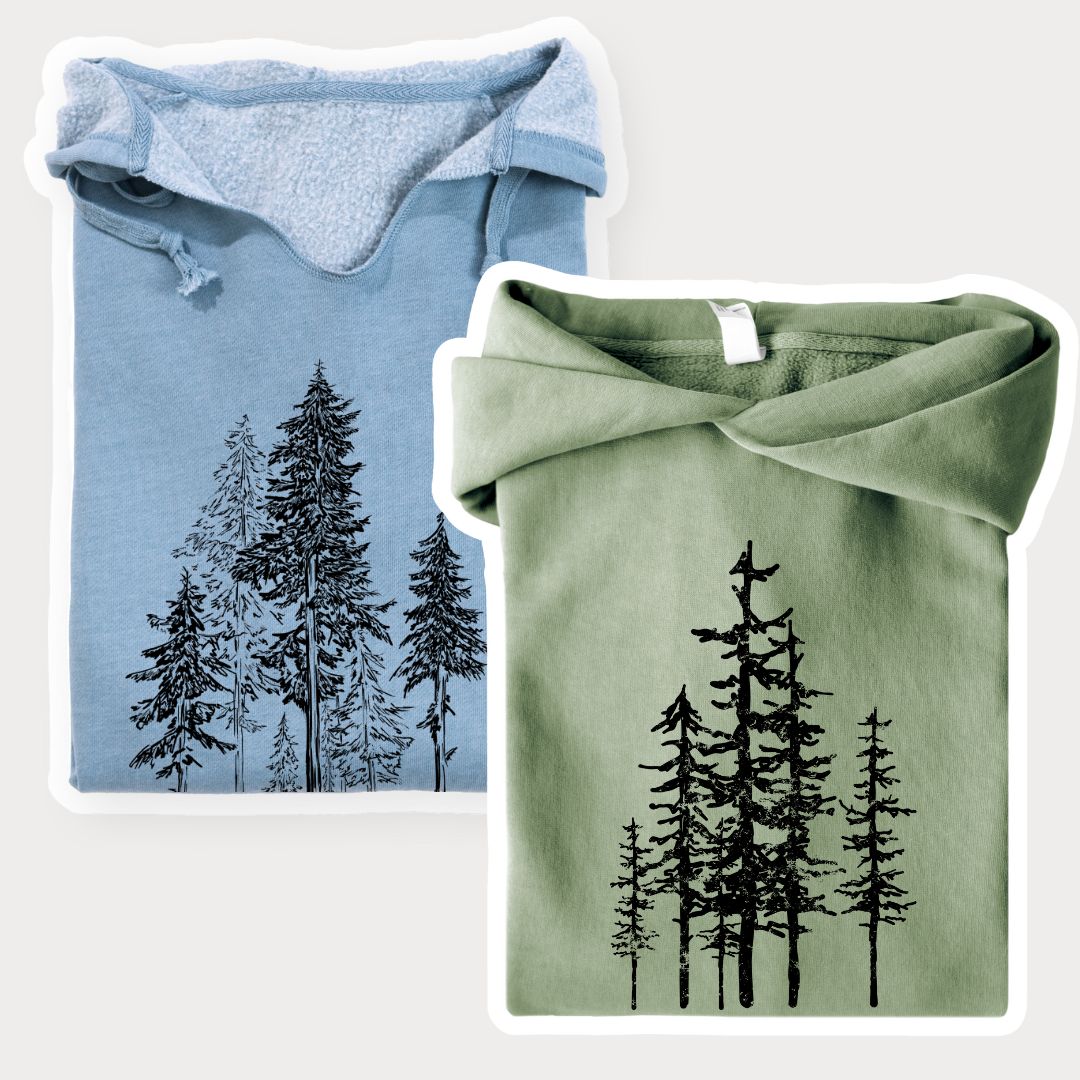
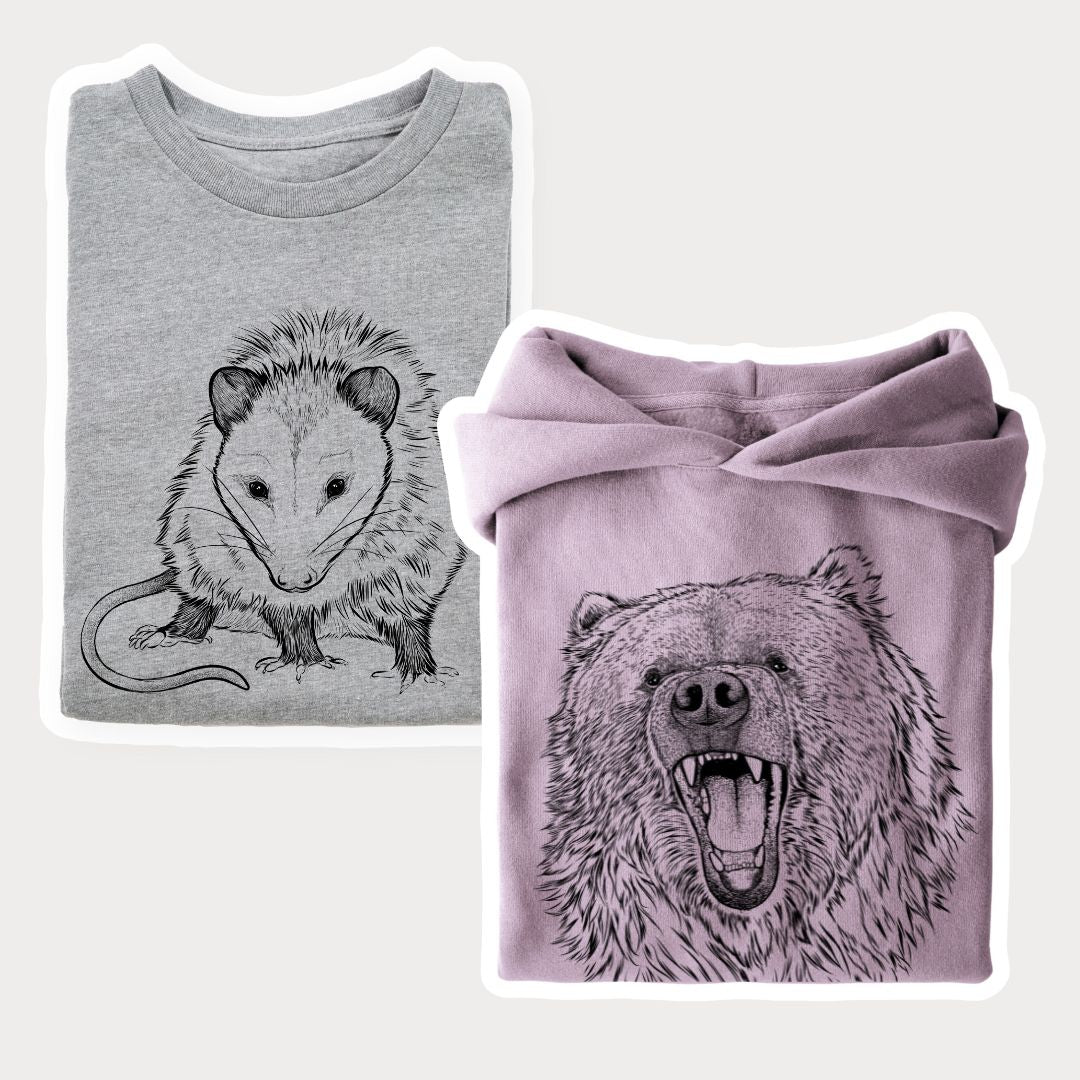


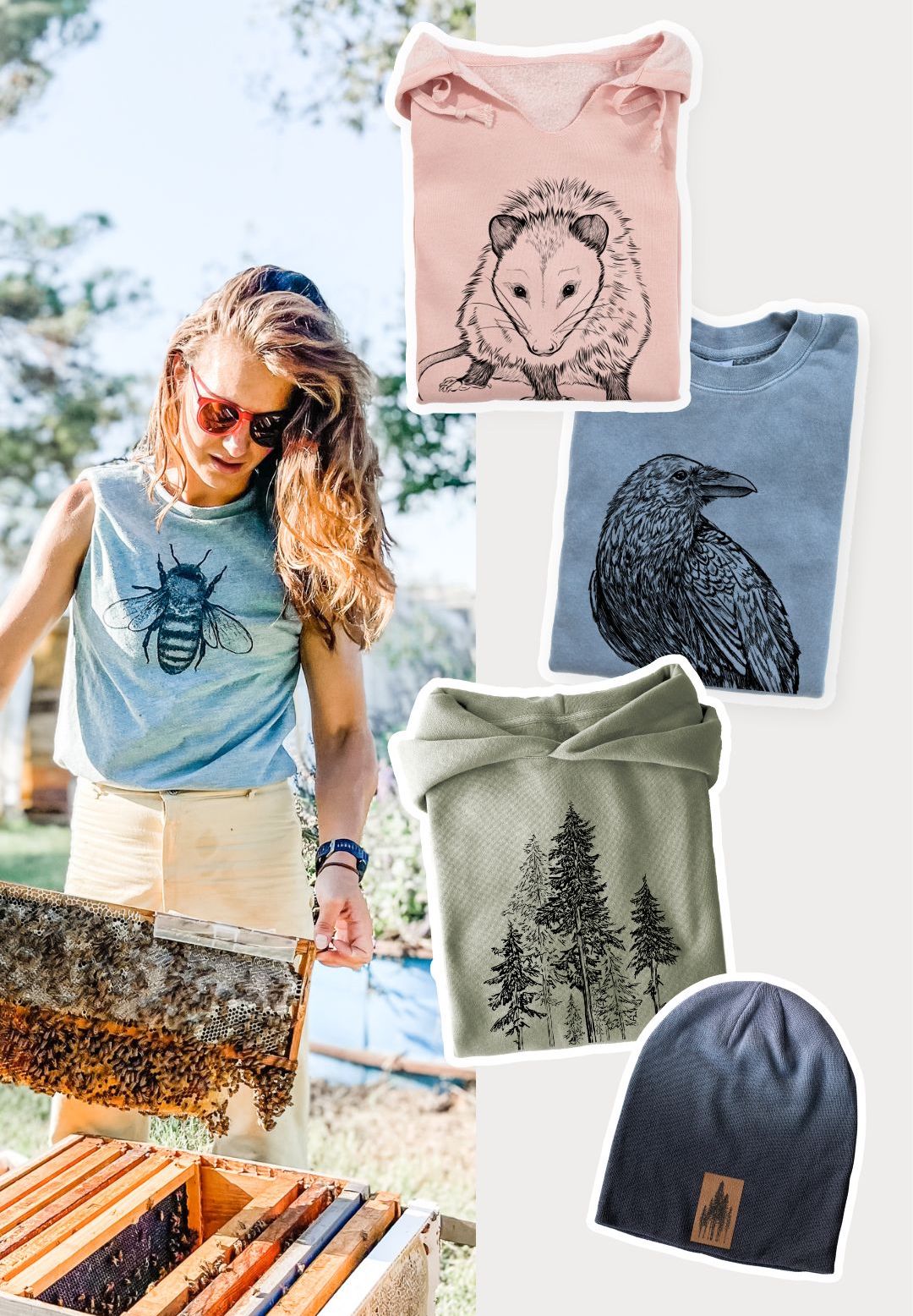

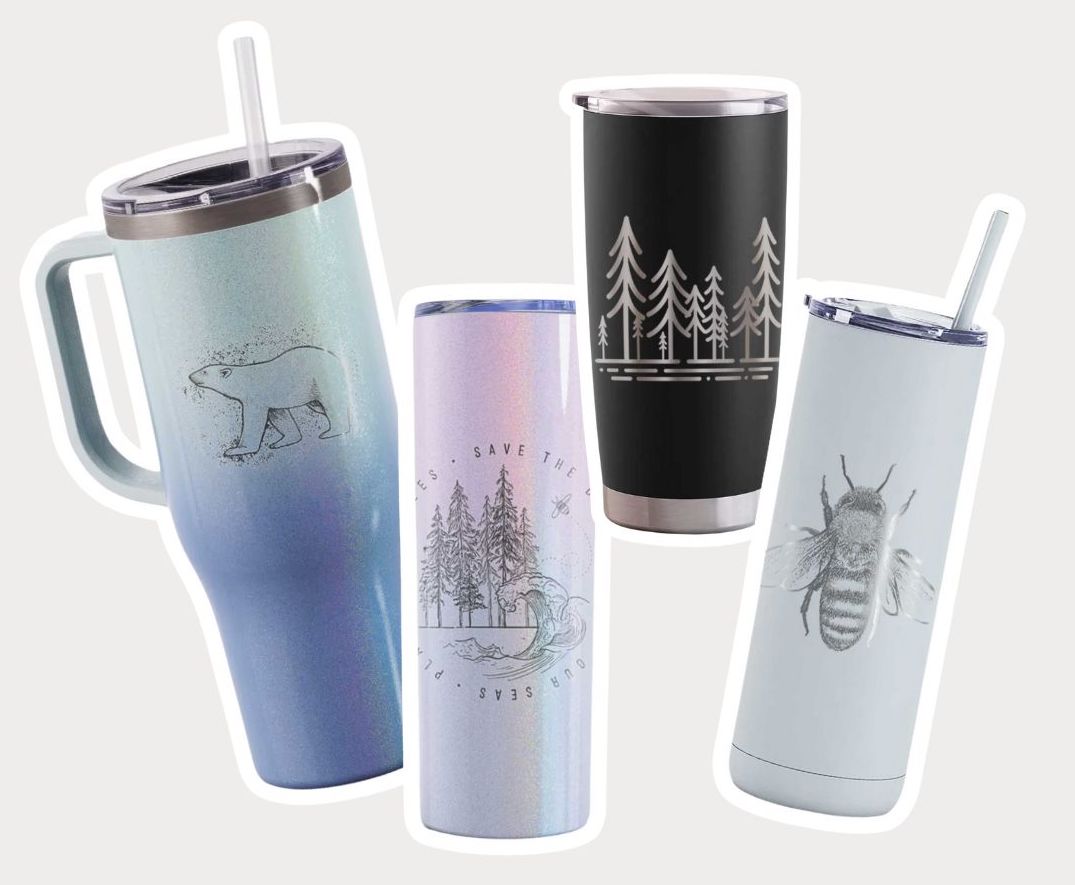

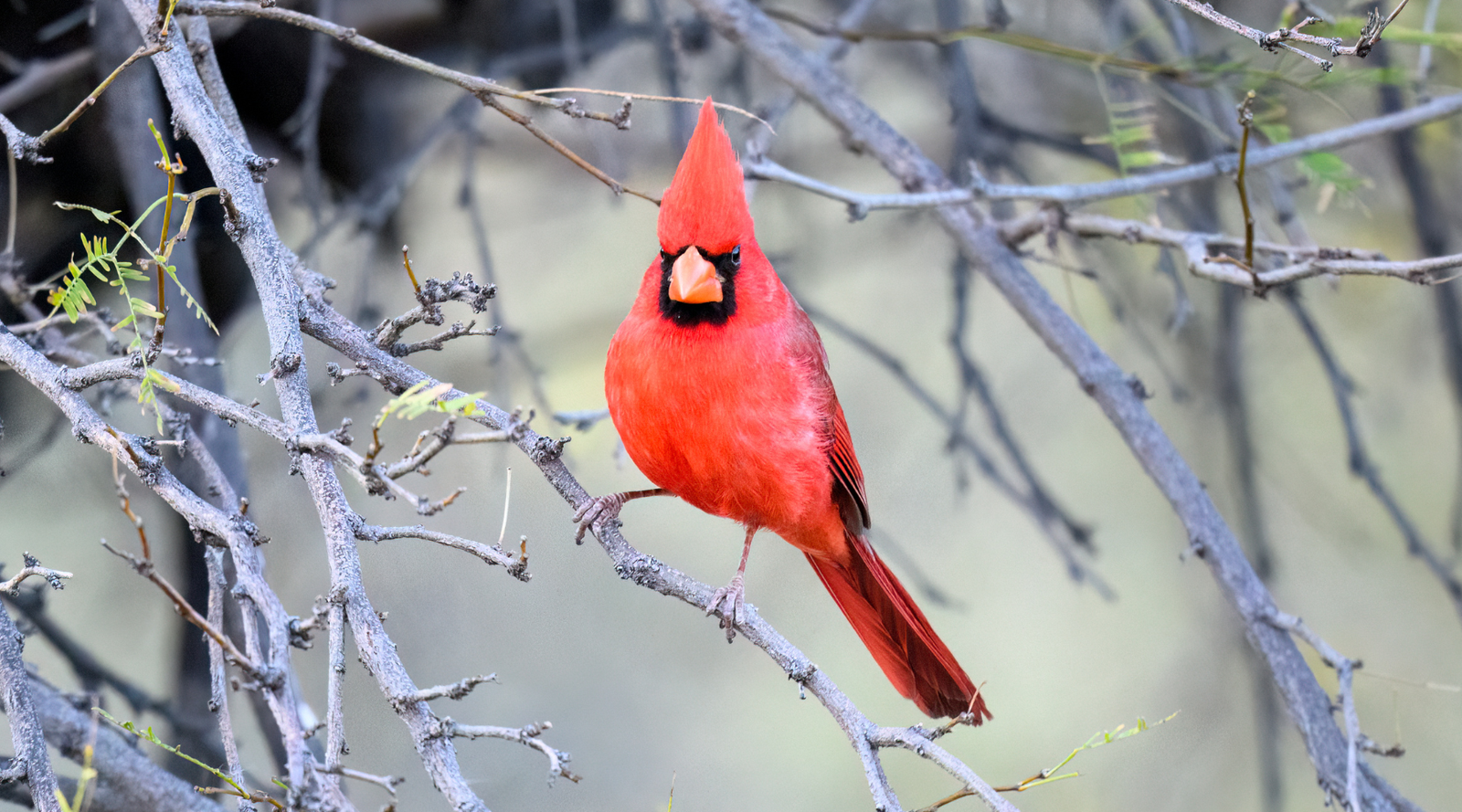

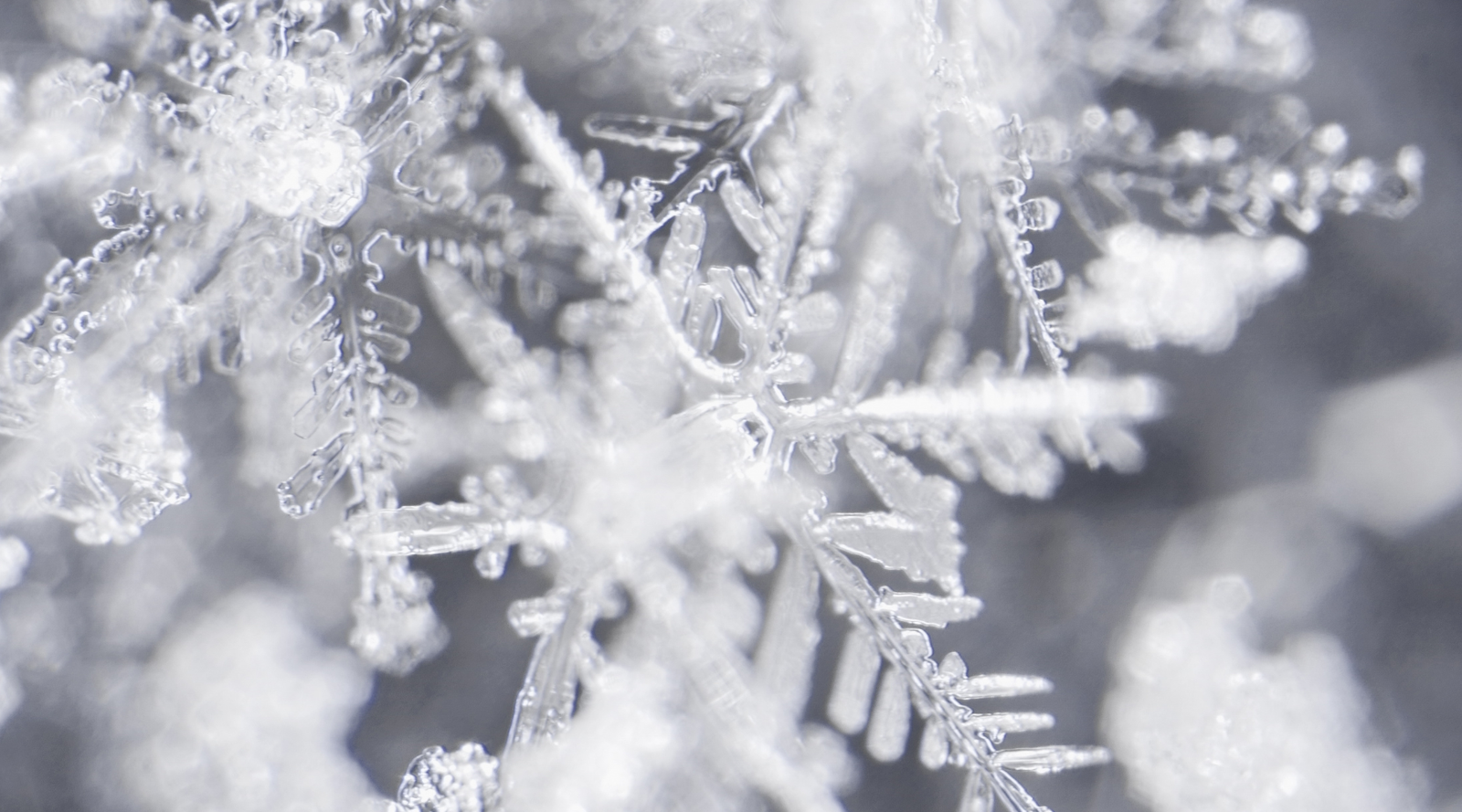
Leave a comment (all fields required)